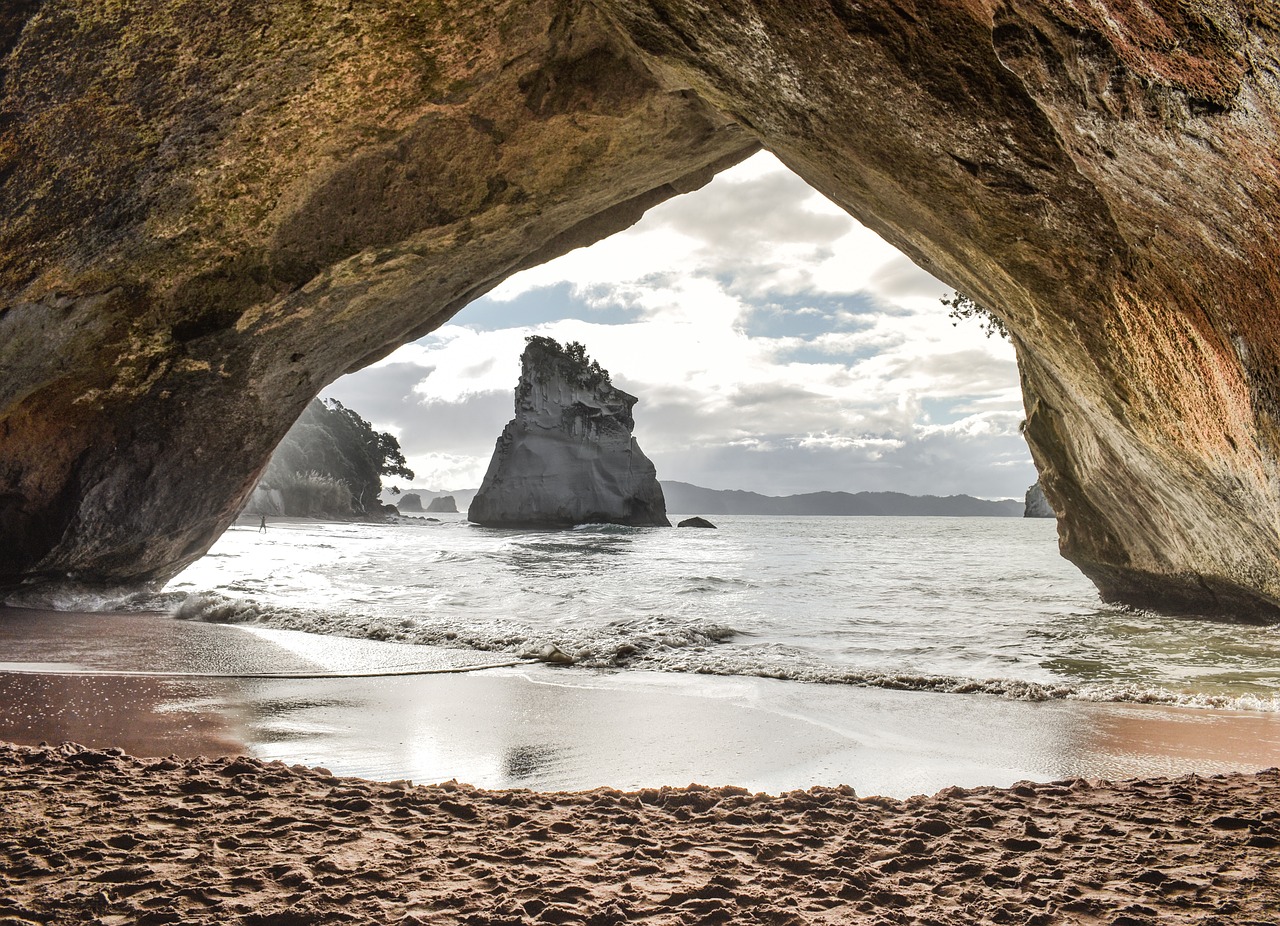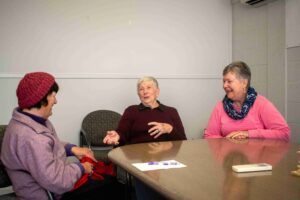The Department of Conservation has announced the work it will undertake to determine viable, safe and resilient long-term solutions for visitor access and experience at Coromandel’s Cathedral Cove.
Tinaka Mearns, DOC’s Hauraki-Waikato-Taranaki Regional Director, says she’s now able to share how DOC will approach the next phase of work for the visitor experience at the site.
“A key aspect of that work has been ensuring the hillside is not moving, and we have stable land to explore what resilient long-term track rerouting options could work,” she says.
With land stability a prominent aspect, DOC has commissioned further monitoring, based on expert advice from Tonkin + Taylor. Monitoring results are expected in June 2024.
From February through to April, DOC staff will work alongside Ngāti Hei to develop options and conceptual ideas, which will then be shared for wider public engagement – including an online survey.
Tinaka says the options will then be set against the land stability information, DOC’s legislative obligations, cost-benefit analysis and the results of community engagement. Those options will undergo an internal DOC review in the context of DOC’s visitor risk management framework.
“Within a few months we should have a clear picture of whether a track re-routing is feasible and safe, or if we need to consider other alternatives,” Tinaka says.
The Cathedral Cove work programme timeline and milestones could change depending on cohesion with Treaty settlement obligations, historic protection aspects guided by Heritage NZ, and development of a business case. If viable new options are presented, or only one option can be pursued, the work programme will also be altered.
DOC will continue its public communication throughout this work, Tinaka says.
“We’re very aware of the importance of the Cathedral Cove track to the local tourism economy, and also the wide range of views on what can or should be done there,” Tinaka says.
“It’s vital for DOC to have a robust, detailed and properly resourced plan for this site, to ensure visitors ultimately have a safe and enjoyable experience.
“Our goal is to reopen the track – but it must be done safely and in a durable and pragmatic way that lasts.
“Short-term solutions which do not offer an experience resilient to climate change are not viable as far as we’re concerned – we need to invest sensibly.”
Tinaka says it’s been encouraging to read and hear reports of how busy Coromandel has been this summer.
“Coromandel has faced a succession of difficult summers in recent years, so to hear about local businesses being well supported by holidaymakers is great for the wider community and the region’s economy,” she says.
She re-emphasised the track to Cathedral Cove, in its current condition, is not safe and presents a risk to the type of visitors wishing to go there and will remain closed.
Visitors are urged to consider options for marine-based experiences for Cathedral Cove, the tracks and lookouts made available for this summer, and explore the wider Coromandel Peninsula.

DOC has announced the work it will undertake to determine viable, safe and resilient long-term solutions for visitor access and experience at Coromandel’s Cathedral Cove. FILE PHOTO
Work programme announced for Cathedral Cove




